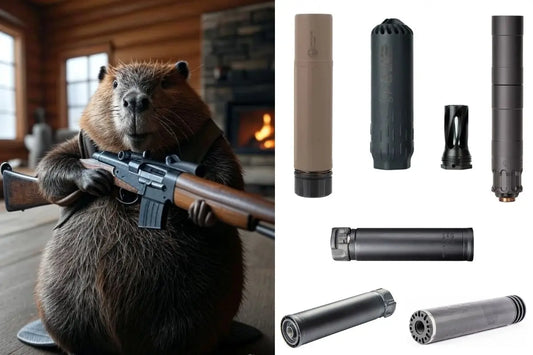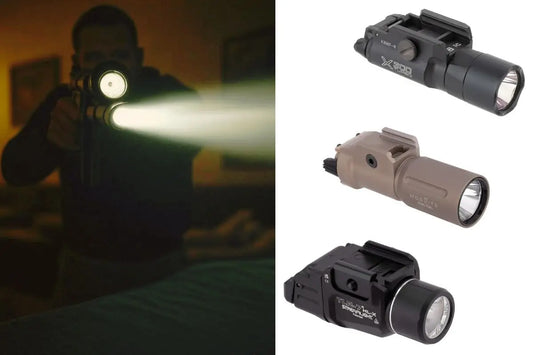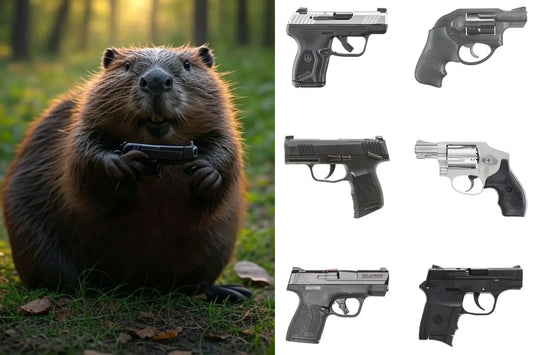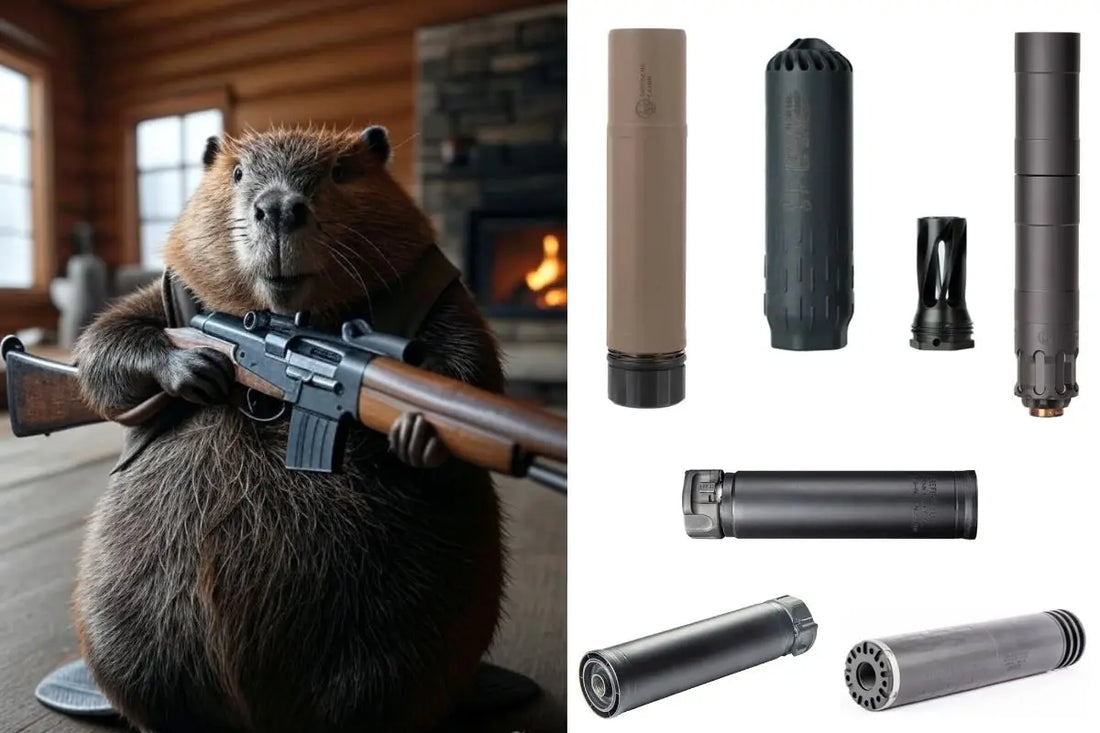
How Loud Is Shooting Indoors—And Should You Suppress Your Home-Defense Gun?
TL;DR for Skimmers
- Indoor gunshots are brutally loud: typically, 155–170 dB, easily above the OSHA/NIOSH 140 dB peak limit for impulse noise, with indoor reflections making the hazard worse.
- Suppressors commonly cut peak levels by ~20–30 dB (caliber/host/ammo dependent), which won’t make rifles “hearing-safe”, but dramatically preserves hearing and awareness in a hallway or bedroom.
- Pros: less blast/flash/recoil, better communication and control under stress. Cons: added length/weight, cost, mount complexity, and NFA process (for now)—though multiple industry sources report the $200 tax is slated to drop to $0 on Jan 1, 2026 (process still required). Current eForm 4 approvals are often days to weeks. Verify locally.
- Our take: If legal where you live, running a suppressor on a home-defense gun is a net positive, especially on 9mm pistols/PCCs or .300 BLK (subsonic). On 5.56 SBRs, a suppressor still helps, but it will not be hearing-safe; choose low-back-pressure cans.
Snapshot Summary (Indoor Gunfire & Suppressors)
|
Topic |
What to know |
Concrete numbers / examples |
|
Indoor loudness |
Indoors adds reflections/reverberation, increasing peak exposure and perceived loudness vs outdoors. |
Indoor peaks commonly 157–168 dB in range studies. OSHA/NIOSH set 140 dB as the no-exceed impulse peak. |
|
Unsuppressed levels |
Pistols/rifles routinely exceed safe limits with a single shot. |
Pistols up to ~164 dB; rifles ~155–163 dB typical. |
|
Suppressed reduction |
Typical ~2–23+ dB reductions in peer-review; many real-world rifle setups see ~20–30 dB at the muzzle. |
.308 example: ~173 dB → ~148 dB with a can (~25 dB cut). Not hearing-safe without ear pro. |
|
At-ear reality |
Ear-level can remain ≥140 dB on 5.56 SBRs even with a can; still much kinder than raw blast. |
Testing warns PPE is prudent even suppressed; pick low-back-pressure models. |
|
Best hosts |
9mm pistols/PCCs with 147gr subsonic, or .300 BLK subsonic carbines give the biggest practical benefit. |
Federal 147gr HST and Hornady .300 BLK 190gr Sub-X are proven loads. |
|
Legal & cost |
NFA process, background check; $200 stamp today (widely reported to drop to $0 on 1/1/2026), plus can + mounts. |
Current eForm 4 approvals: often days to weeks; check ATF page & vendor trackers before buying. |
Why Indoor Gunfire Is So Punishing
A gunshot is a short, high-energy pressure impulse. Indoors, the direct blast is followed by multiple early reflections and late reverberation from walls, ceilings, doors—especially in narrow hallways and rooms with hard surfaces. Those reflections extend the time your ears are exposed and increase the hazard, even if the peak doesn’t change much. Researchers explicitly note that enclosed/reverberant environments (ranges, rooms, blinds) increase hearing risk. Peak indoor range measurements 157–168 dB are routine. That’s far beyond OSHA/NIOSH’s 140 dB impulse limit.
Put bluntly: one unsuppressed shot in a bedroom can cause immediate, permanent threshold shift—ringing, muffled hearing, poor localization—right when you need situational awareness to distinguish family members from threats.
What A Suppressor Really Buys You Indoors
Suppressors don’t make guns quiet. They slow and cool the propellant gases, and in low-back-pressure designs, they manage gas flow away from the ejection port. Peer-reviewed work shows 2–23 dB reductions in sound power depending on host, ammo, and mic location. Industry testing regularly shows 20–30 dB muzzle reduction for centerfire rifle cartridges—still not hearing-safe, but a massive improvement in comfort, communication, and control.
Two expert notes worth quoting:
- NIOSH/OSHA: “Exposure to impulsive or impact noise should not exceed a 140-dB peak sound pressure level.” Even a “quiet” suppressed 5.56 often isn’t below that at the shooter’s ear indoors—yet it’s materially less abusive than bare muzzle. –OSHA.gov
- PEW Science on HUXWRX FLOW 556K: its ear-side performance on MK18 SBRs is “unprecedented” for its size—exactly the kind of low-back-pressure behavior that matters inside structures. –PEWScience.com
Bonus benefits that matter at 2am:
- Reduced flash helps night vision after you hit a light switch.
- Less concussive blast reduces disorientation, startle, and follow-up shot disturbance.
- Lower recoil & better control improve split times and accuracy under stress.
Pros & Cons: Suppressing a Home-Defense Gun
Pros (why we recommend it if legal):
- Hearing preservation & comms: Easier to hear family, commands, sirens. Lower risk of irreversible hearing damage from a single shot.
- Less overpressure/flash: Especially important in closets, bathrooms, hallways.
- Better control: Small but real recoil reduction and improved shot cadence.
- Neighbor/child friendly: Lower exterior blast reduces secondary trauma and confusion.
Cons (plan around them):
- Length & weight: A 6–7" can on a 16" carbine is fine; on a 10.3" SBR or pistol you’ll feel the extra inches.
- Mount complexity: Thread-on vs. QD; the wrong combo can loosen or shift POI.
- Heat: Cans get red-hot quickly; cover or stow accordingly.
- Cost & process: NFA paperwork today; widely reported $0 stamp in 2026 could reduce total cost of ownership, but background/registration steps remain.
What to Suppress (and What Ammo) for Home Defense
If you want the biggest indoor benefit, pair the right host with subsonic or low-velocity ammo so you’re not fighting the sonic crack.
9mm Pistols & PCCs (Top pick for many homes)
- Run 147gr quality JHPs which often clock ~950–1,000 fps from pistols and stay subsonic in many PCCs. Favorites: Federal 147gr HST (duty-proven).
- Suppressor picks:
- Rugged Obsidian 9 — modular length, light, truly versatile on pistols/PCCs. Manufacturer page + independent testing look great for at-ear comfort.
- B&T RBS 9 (SQD-9/APC9) — “Reduced Backpressure System” technology is excellent on blowback PCCs to mitigate gas to face.
.300 Blackout Carbines (Best rifle choice indoors)
- Why: Purpose-built for subsonic performance; a 190gr Sub-X at ~1050 fps is controllable, expands, and stays quiet(er).
- Loads: Hornady 190gr Sub-X (LE TAP variant also available).
- Suppressor picks (multi-cal versatility):
- SilencerCo Omega 300 — compact, light, multi-cal, widely supported mounts.
- Dead Air Sandman-S — bombproof KeyMo QD, superb alignment and durability.
5.56 SBRs & Carbines (Good, but temper expectations)
- Reality check: Even with great cans, 5.56 indoors is rarely ear-safe; still absolutely worth suppressing for blast and flash reduction.
- Go low-back-pressure to cut gas-to-face and at-ear SPL:
- HUXWRX FLOW 556K — class-leading at-ear performance on MK18-type hosts (per PEW Science).
- SureFire SOCOM556-RC3 — engineered to reduce backpressure vs RC2 while retaining flash suppression and QD robustness.
Setups We’d Actually Run (Three Proven Configs)
- Quiet control: Glock 17 or P320 + Rugged Obsidian 9 (long) + 147gr HST
- Why: Short package, great tone, reliable cycling with a proper piston. Excellent for apartments and narrow hallways.
- Why: Subsonic terminal performance is real (LE TAP lineage), and the Omega keeps length manageable with strong suppression.
- Why: You can’t cheat physics, but low-back-pressure designs meaningfully reduce ear-side abuse and gas without sacrificing flash control/QD repeatability.
Cost, Paperwork, and Timing (U.S.)
- NFA today: Silencers are federally regulated; buyers file Form 4, pass a background check, and (currently) pay a $200 tax per suppressor. Approval times have improved dramatically with eForms—industry trackers now commonly report days to weeks for approvals, though outliers exist. Always check ATF’s official processing page and reputable vendors’ trackers for the latest.
- 2026 change (what’s widely reported): Multiple manufacturers and distributors say the tax stamp drops to $0 on Jan 1, 2026 while the approval process remains. If you’re price-sensitive and not in a rush, it could be worth waiting; if you want capability now, time is capability. Confirm locally and consult counsel if needed.
Expert caution (SureFire/PEW Science): Even with top-shelf cans, PPE is still recommended during training; “hearing-safe” marketing ≠ safe in all rooms, hosts, and ammo. Don’t normalize unprotected training just because you run a can.
Practical House-Setup Tips (Non-obvious, high-leverage)
- Keep OAL reasonable: If your carbine is long, consider a shorter handguard/barrel so the added can doesn’t wreck maneuverability.
- Mounts matter: If you need fast removal and consistent POI, quality QD (e.g., SureFire SOCOM, Dead Air KeyMo) is worth it; otherwise, direct-thread is lighter and simpler for a dedicated HD gun.
- Tune the system: On gassy semiautos, pair the can with adjustable gas or flow-through suppressors to reduce gas and at-ear levels. Consider HUXWRX FLOW or RBS systems on PCCs.
- Ammo discipline:
- 9mm: Run 147gr HST or similar to stay subsonic.
- .300 BLK: Keep supers for outside; 190gr Sub-X for inside. Label mags distinctly.
- Stage hearing protection: A set of electronic muffs next to the carbine is cheap insurance for training; in a real defensive use, you won’t be donning PPE, but for practice, save your ears. (NIOSH notes combined plugs+muffs can add ~44 dB peak reduction in range environments.)
- Mind the heat: If you dry-fire or run brief live strings in practice, remember suppressor covers and a safe stow method—hot cans scar furniture and skin.
- Neighbors & kids: A can’s lower exterior blast can reduce panic and secondary hazards (like a neighbor thinking there’s an explosion). It’s not the reason to buy one—but it’s a real, humane side effect.
Specific Product Recommendations (Top Tier Only)
Pistols / PCC (9mm):
- Rugged Obsidian 9 — modular, light, excellent tone on pistols and PCC.
- B&T RBS 9 (SQD-9/APC9) — flow management for blowback guns, quick-disconnect.
- Ammo: Federal 147gr HST JHP.
.300 BLK (subsonic-first carbine):
- SilencerCo Omega 300 — multi-cal, compact, extensive ecosystem.
- Dead Air Sandman-S — hard-use, KeyMo QD, repeatable POI. Buy: Dead Air / Silencer Shop.
- Ammo: Hornady 190gr Sub-X.
5.56 (SBR/carbine):
- HUXWRX FLOW 556K — standout at-ear performance on short barrels.
- SureFire SOCOM556-RC3 — reduced backpressure vs RC2, proven QD, excellent flash control.
Evidence & Expert Voices
- Indoor hazard: Peer-reviewed and government sources document the added risk of indoor, reflective spaces and show typical indoor peak levels 157–168 dB at firing lines. OSHA/NIOSH set 140 dB as the do-not-exceed impulse peak.
- Suppressor effect sizes: Real studies show meaningful but variable reductions (2–23 dB in power; ~25 dB example on .308). Hearing-safe claims are context-dependent; at-ear may still exceed 140 dB, especially with 5.56 SBRs indoors.
- Industry experts:
- SilencerCo argues that a home-defense suppressor is “both wise and responsible,” highlighting Omega-class cans for MSRs—opinionated, but consistent with data about awareness and blast mitigation.
- PEW Science calls the FLOW 556K at-ear performance “unprecedented” for its size—important for actual user experience inside structures.
- SureFire/PEW Science caution: PPE is still recommended when training with suppressed small arms—physics doesn’t vanish.
Bottom Line: Should You Suppress Your Home-Defense Gun?
Yes—if it’s legal where you live, it’s one of the most responsible upgrades you can make. It won’t turn your AR into a movie prop, but it significantly reduces the very things that make indoor defensive gunfire so debilitating: blast, flash, and disorientation. The best value is on 9mm pistols/PCCs and .300 BLK running subsonics. On 5.56, pick a low-back-pressure design to help at-ear SPL and gas.
Caveat: “Hearing-safe” is a misleading marketing term indoors. Treat a can as serious harm reduction, not a hall pass to skip protection during training. In the real world, you won’t be wearing muffs—so a can is the next best thing to protect your ability to think, see, and speak clearly in your own hallway.
Visit SCHEELS.com to shop suppressors, mounts, and subsonic defensive ammo.
